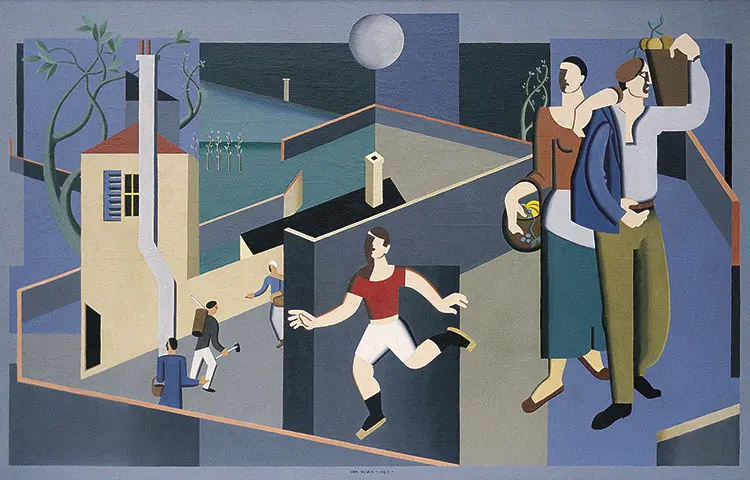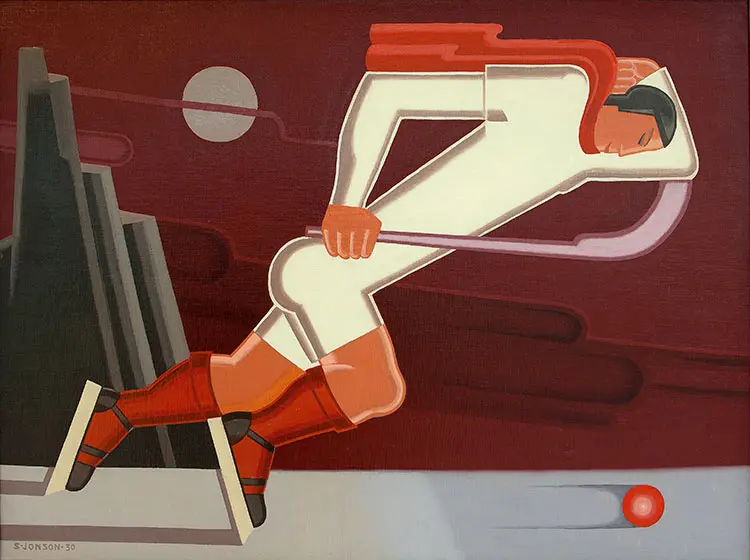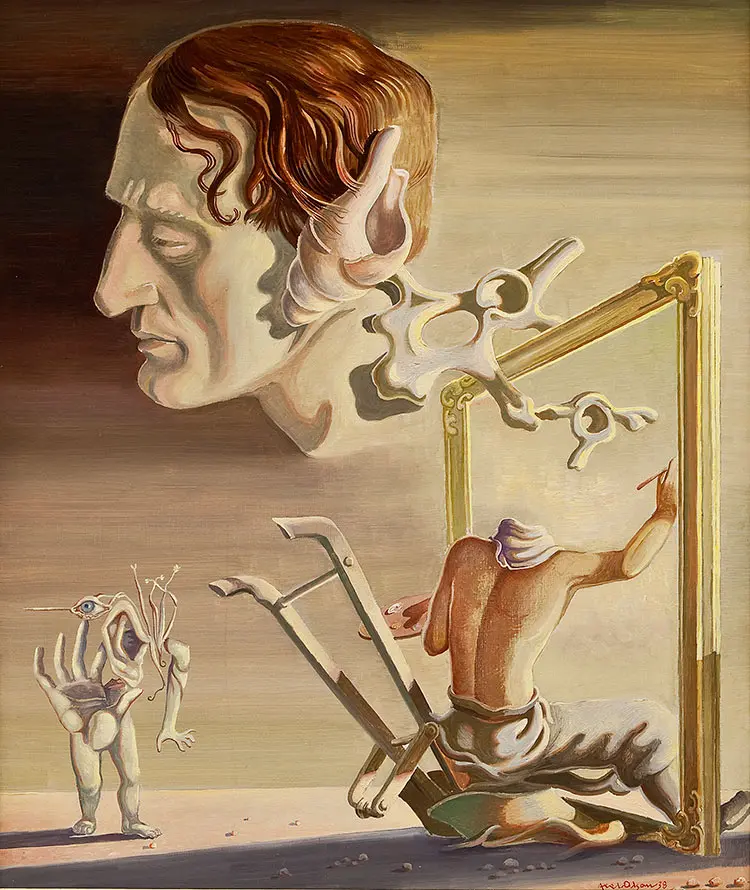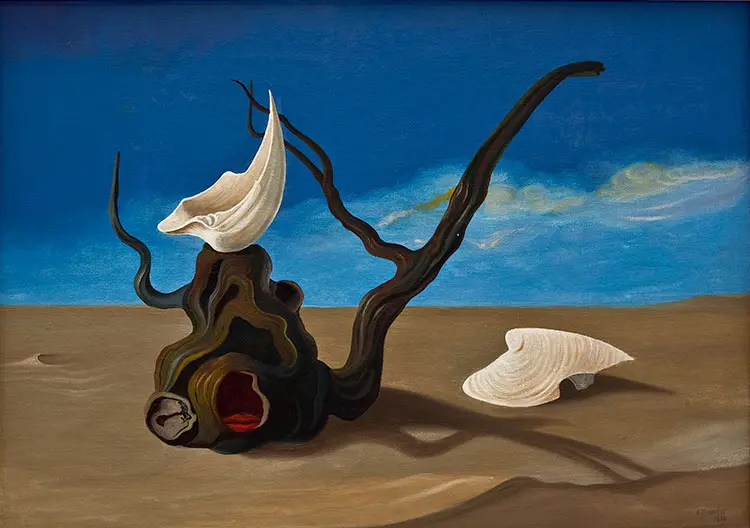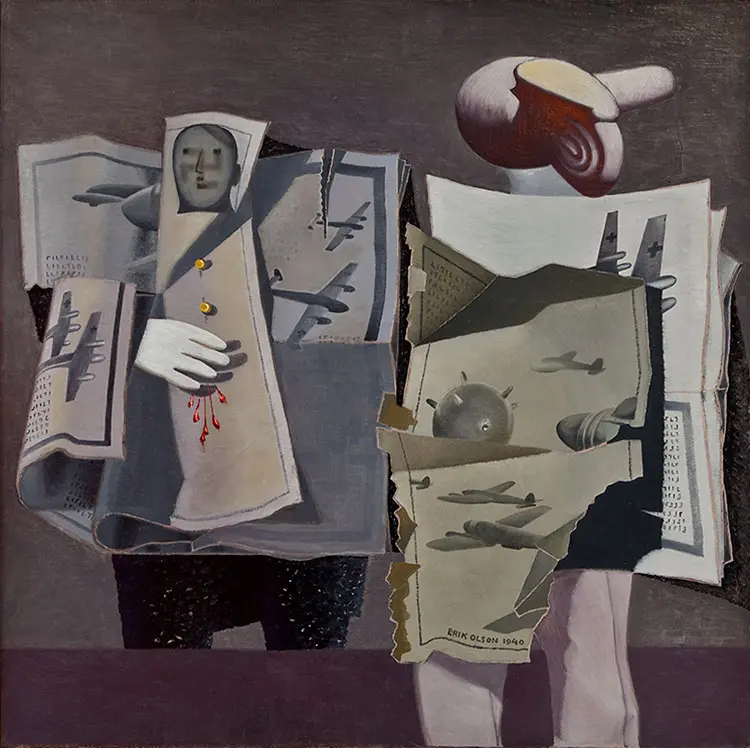The Halmstad Group history history
Six artists decide in 1929 to form a group. The young men share a common vision: to explore and establish modern art in Sweden. All have ties to Halmstad and so the group is given the name Halmstadgruppen (The Halmstad Group). The members are: Sven Jonson, Waldemar Lorentzon, Stellan Mörner, Axel Olson, Erik Olson och Esaias Thorén.
They are already educated as artists, schooled during the 1920´s in Berlin and Paris - the metropolises of avant-garde. There they learned to break up their motifs in cubist and constructivist compositions. With straight lines, right angles, and rich colours they reflect the spirit of the modern era. Sweden however retains a traditional art viewpoint; the young artists often meet considerable resistance to their "new" art. Perhaps this was one of the driving forces to unite them in a group.
The group was formed during a time of upheaval. Political and economic factors influence the art in Europe. The members of the Halmstad Group tend towards new expressions during the thirties. Surrealism dominates the group´s paintings. Now they want to reflect a new unexplored universe - the human inner world.
Dreams, the psyche, and our subconscious, but also the unrest of the times take place on the artists canvases. Physical laws and logic take a back seat to the irrational and unexpected.
The Halmstad Group participate in the international surrealist scene thanks to their previous contacts in Europe. They also introduce surrealism in Sweden at the same time that they form the artistic genre according to their own cultural identities — the Nordic light and the coastal landscape of Halland are often present in their imagery.
First half a century after its formation does it break up. This makes the Halmstad group one of the world´s longest lasting artistic associations, and an important part of Swedish art history. The Halmstad group is also the exciting story of six young men who follow their artistic dream.

